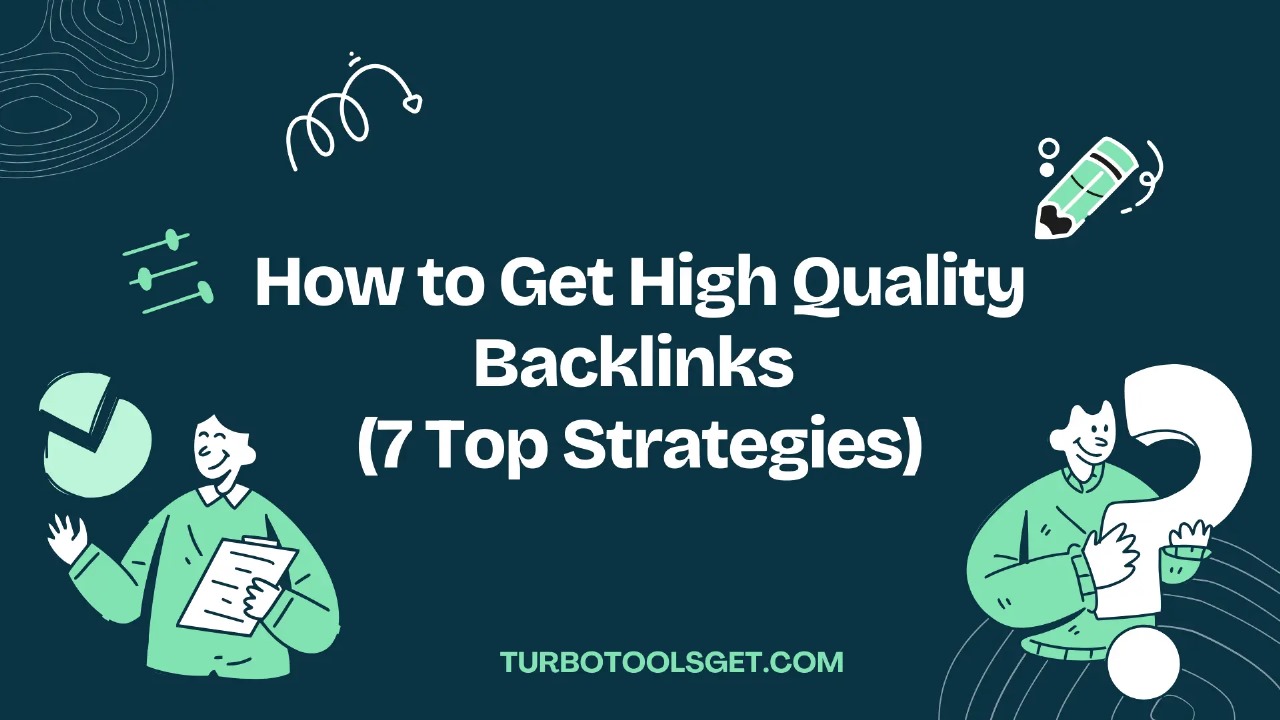How do I start a web designer?

A career in web design is a great calling if you are attracted to the world where the creativity meets the technology. But where do you begin? This is a guide for new people to get you started in Web Design
Table of Contents
Define Your Niche and Goals:
Before diving into design tools and coding languages figure out what part of web design interests you. You like being visual, perhaps UI design? You find the logic and structure of UX design interesting. Or is it the technical aspect of front-end development that draws your attention? Selecting your niche will allow you to focus your learning, and obtain a specified set of skills. At the same time, establish clear career goals. Ask yourself if you want to be a freelance web designer, work for a design agency, or in house at a company? When it comes to what to learn and what type of portfolio to build, that is all dictated by your goals.
Acquire the Necessary Skills:
The web design falls under a mix of technical and creative skills. Here’s a rundown of the core competencies you’re going to need. While some sites are more information-dense and you want to make sure that it is easy to scab the article/ find information. This is the basics of design principles; typography, color theory, layout, hierarchy. So reviewing the work of different designers as well as taking some of the best from that work applying it to your project.
User Interface (UI) Design: The visual elements that users interact with are designed by UI design. It’s learning how to build wireframes, mockups, and prototypes in design software like Figma, Sketch or Adobe XD. This is a sentence, your paraphrase of it.
User experience (UX) design: UX design takes into account the whole user journey and throughout the experience. It involves user research, information architecture, usability testing, and interaction design. In its core, breaking down User behavior and designing for them.
Front-End Development (HTML, CSS, JavaScript): You don’t need to become a full-stack developer, but you should be familiar with HTML (HyperText Markup Language), CSS (Cascading Style Sheets), and JavaScript enough to implement your design. HTML dictates the structure of a website’s content, CSS determines how it should look, and JavaScript adds interactivity.
Responsive Design In today’s mobile-first era, responsive design is a necessity. Web development responsive web design
Choose Your Learning Path:
There are various ways to get into a web design career. Learning Input: Choose the Right Fit Depending on your learning style and available resources, decide which option works better for you overall.
Formal Education: Colleges and universities offer degrees and diplomas in graphic design, web design, and similar fields. These folks will usually have a structured curriculum, instructors to teach you, and networking opportunities.
These web pages contain intricate articles catered to your desired coding languages, like HTML/CSS/JavaScript and so on; things you may want to master on Codecademy, Codewars, and FreeCodeCamp. These options such that are flexible and affordable than classical schooling, got on the rise. So if you are motivated, there are lots of free tutorials, articles and documentation available on the net, so self-learning is a viable option. But it requires a disciplined and systematic approach.
Mentorship: It can be very helpful to have someone who works in the web design field who can mentor you and help guide your career, provide guidance, and be helpful when you need feedback. Find designers who are willing to share their experience to help you along the way.
Build a Strong Portfolio:
TABLE OF CONTENTS#Presented by This is a very interactive space, so feel free to comment, share and learn in whatever manner you like! Demonstrate your design skills, technical aptitude, and general user experience understanding with a breadth of work.
Personal Projects: Build websites for fictional clients or redesign existing websites The chance to trial and innovate is now.
Freelancing: Working on freelance projects, no matter how small, is the best way to get hands-on experience and build your portfolio. Contribute to Open Source Development: Open source projects help you learn from seasoned programmers and improve your technical skills.
Demonstrate your process: This doesn’t mean to show only the final product but also the series of steps you went through to get there — your research, wireframes, mockups, iterations, etc. It also demonstrates your ability to think critically and focus on detail.
Understanding the Landscape: Reach out and grow. Networking could be one of the most important ways to grow your career in any field — And that goes for web design too. Meet People at Conferences and Events: Because conferences, workshops, and meetups are great environments for connecting with other designers, as well as for learning new things about the latest industry trends and opening up job opportunities.
Connect with Other Designers: Attend local design events, conferences, and workshops to network with other designers and meet potential employers. Establish Your Web Presence: Put together a professional site and portfolio so that clients or employers can learn about you. Social network should know you, for example LinkedIn, Behance, etc.
Stay Up-to-Date:
But to suit the fast changing web design era, here are some helpful facts to help you understand user experience, trends and other! Staying on top of the latest trends will ensure that you dont go stale. Read Design Blogs and Publication and Listen To Podcast: Subscribe to blogs and articles to keep your self-updated with latest trends or techniques.
Learn New Technologies: From the perspective of a designer, you have absolutely nothing to fear when your working to learn new design tools, coding languages and frameworks. Continued eLearning is one of the keys to staying relevant. Initially they tend to decide thier work after looking into it in detail. Get constructive criticism and discover what can be improved.
Be Patient and Persistent:
But, with time, effort and dedication, it is possible to have a successful career in web design. Though do not lost hope on failures or rejections. You have to get up, keep learning, keep practicing, and keep networking. Just do what you do and your work and passion for design will lead you everywhere.
Getting into web design is not as easy as it sounds, it can be overwhelming but with the right guidance this can turn into a very rewarding journey. This way you will become a great web designer and may help you on the right career path in digital world. This is a dynamic area, and the only way to be involved is to continually learn and adjust. Good luck!
RIZVE MAMUN
CEO / Co-Founder
Enjoy the little things in life. For one day, you may look back and realize they were the big things. Many of life's failures are people who did not realize how close they were to success when they gave up.





